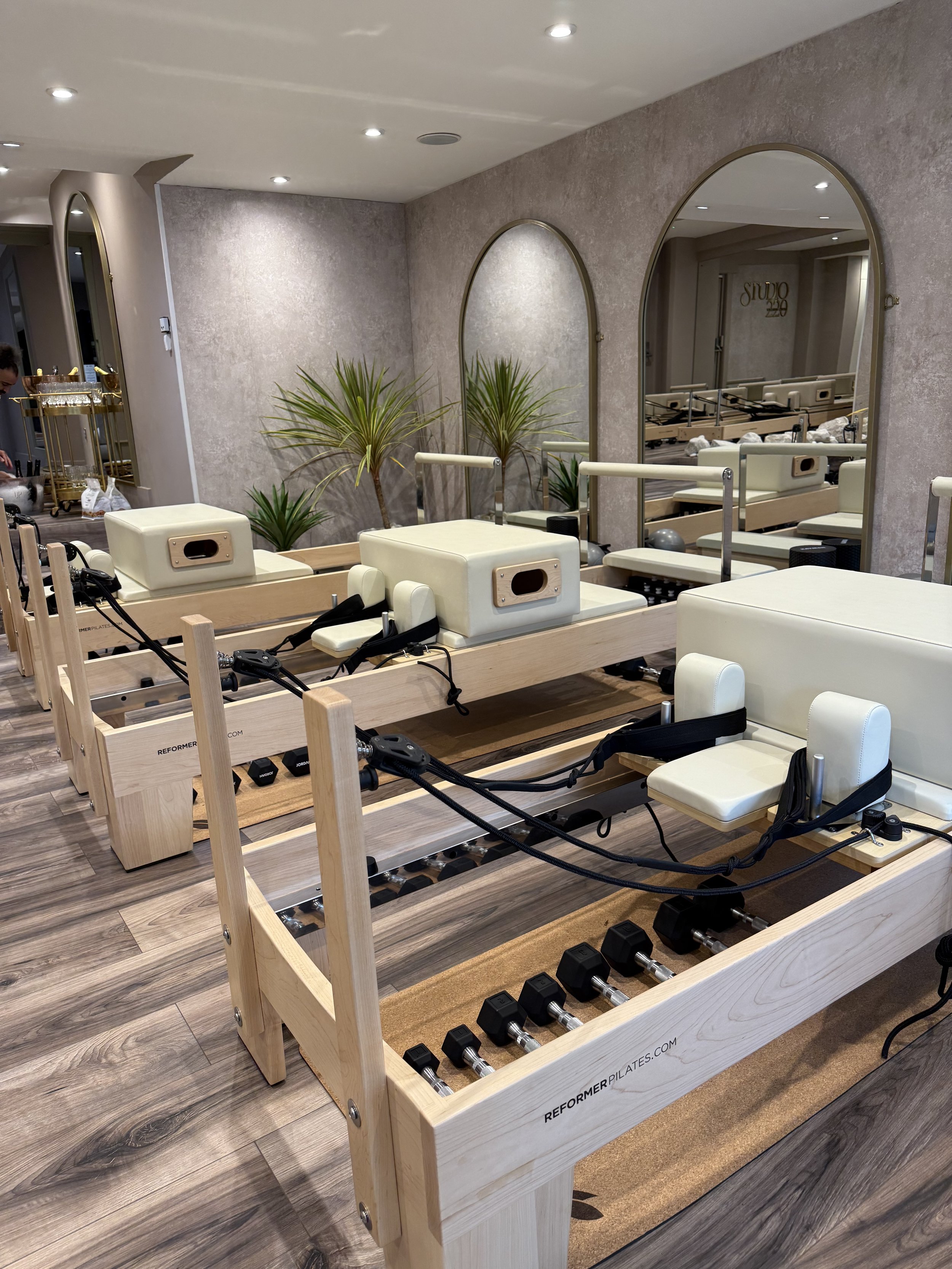
the definitive guide for 2025
14-point -Step-by-Step Guide to Launching Your Independent Reformer Pilates Studio
What are the benefits?
The Benefits of Independent Studio Ownership
The benefits of pursuing the independent route follow a consistent theme around the freedom to create the studio, community, experience and brand you want for your business:
Brand Identity
Autonomy to design a studio with your vision, style and atmosphere. Create the aesthetics of the studio which aligns with your logo and name.
Marketing Autonomy
Aligned with your brand identity, you can experiment with different marketing channels to drive new clients and experiment with other offers and messaging. A key component of this is your community, which you are free to create and scale as you see fit, with unique offers and classes to drive a close-knit community.
Class Styles
Freedom to offer various class types, such as Dynamic Reformer, hybrid Pilates-HIIT, or Pilates-Barre fusion. Offer 1-1 classes or special classes for athletes, pre- and post-natal.
Equipment
From reformer beds and apparel to the software you utilise to manage clients and classes, you can allocate investment as you see fit. These are vital decisions aligned to your vision of the studio; flexibility is key to delivering the client experience you strive to provide.
Flexibility Around Membership
Provide class packages, tiers and different offers based on your market and your vision of what will work in your location.
Financial Flexibility
As an independent owner, you have complete responsibility for all your costs and full flexibility around your revenue and how to distribute it. You are not required to pay ongoing franchise fees; again, you can prioritise as you wish.

